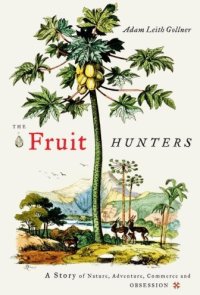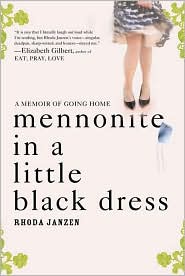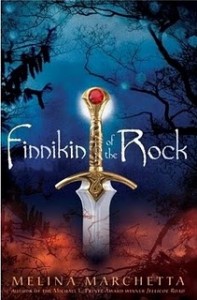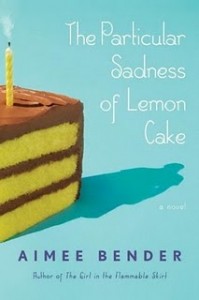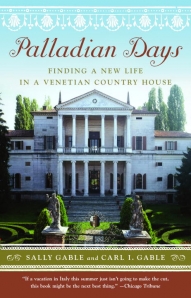If there were a trivia game devoted exclusively to fruit, reading The Fruit Hunters would prepare one quite nicely to win. But as chock-full of handy tidbits and educational information as the book is, it still has all the entertainment value of a parlor game, full of quirky characters and grand adventures.
For instance, “Bangkok” means “village of wild plums.” And “fruits that continue ripening off the tree are called climacteric.” Fruits in this category that get sweeter when picked, like apples, kiwis, mangoes and bananas, “convert their inner starch into sugars and actually start breathing heavily as they ripen, giving off all sorts of gases.”
And according to certain linguists, the passage in the Koran that promises 72 “virgins” to martyrs actually should have been translated as “fruits,” a “much more common component of the heaven myth.”
Another tidbit: some foods “we call spices actually consist of, or derive from, dried fruits: pepper, cardamom, nutmeg, paprika, anise, caraway, allspice, cumin, fenugreek, and cayenne,” for example.
Adam Leith Gollner set out to learn more about the fringe members of society who hunt down the most exotic, unusual fruits in the world. Some of them will stop at nothing to get a chance to sample a new flavor — or to be able to cultivate it at home. Gollner traveled to a number of far-flung locales himself to meet these people and to taste the fruits for himself, and he found that he could certainly understand why these fruit-hounds are such fanatics. Fruits sampled at their peak, in their natural environments, can truly elevate one to the state of nirvana — their juiciness, their intensity, their utter sweetness.
The book is particularly entertaining when Gollner introduces the reader to some of its most curious characters. One man is known as “Graftin’ Crafton” because he can’t resist the urge to graft vines and limbs bearing fruit, merging different species together. One man refers to himself as the “Fruit Detective” and takes his work extremely seriously.
It’s astounding to read that there is a fruit called “the lady fruit,” whose shell has “all the features of a woman’s pelvic region, both front and back.” Gollner tracks down the legendary fruit in the Seychelles islands, where it is called the coco-de-mer. He writes that he is “amazed to see that it is easily the sexiest fruit in the plant kingdom.” The chapters about the fruit read like nature’s best dirty joke.
Informative as well is the chapter where Gollner tries to find out the exact provenance of the Grapple (pronounced Grape-ul, not grahp-ul). The inventor of the Grapple will tell him very little in the way of fact, but it is clear that the fruit is most definitely not a hybrid, as one would assume; it is merely an artificially-flavored apple.
The Fruit Hunters is mostly a gripping read about passion for fruit.
Rated: Moderate, for four uses of strong language, and about the same number of uses of moderate and mild language. Some quite colorful characters populate this book. In addition, perhaps surprisingly, there are a good number of sexual references. In some cases, fruits’ shapes are compared to human body shapes and reproductive organs. Others allude to the ways fruits supposedly have made people behave through the ages and in various global cultures. The references are fairly detailed and earthy.
